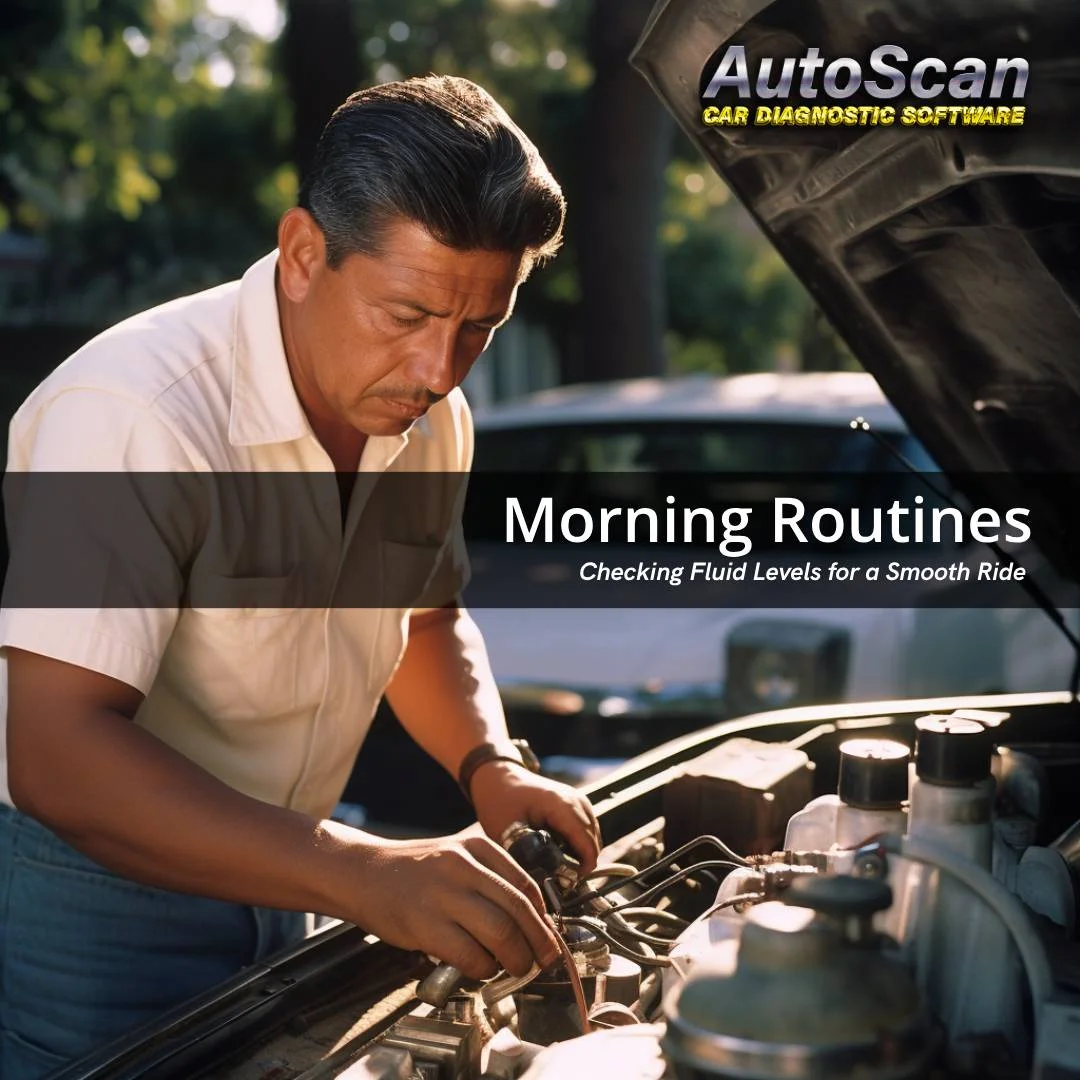Morning Routines: Checking Fluid Levels for a Smooth Ride
The Liquid Lifelines of Your Vehicle
Every morning, as the world wakes up, your car prepares for its daily grind. But are you giving it the best start possible? Just as our bodies need water to function efficiently, our vehicles require various fluids to run smoothly. Checking them regularly, especially in the mornings, can be the key to a longer car life and a safer drive. Here’s a quick guide to the essential fluids and how to check them.
1. Engine Oil: The Blood of the Engine
Arguably the most critical fluid, engine oil lubricates moving parts, reduces friction, and keeps the engine cool. Using the dipstick, check that the oil level is between the ‘Min’ and ‘Max’ marks. Also, observe the oil’s color; it should be brown or black. Milky oil could indicate a coolant leak.
2. Radiator Coolant: Keeping Things Cool
Under the hood, locate the coolant reservoir. The liquid, usually bright green, orange, pink, or yellow, should be between the ‘Min’ and ‘Max’ lines. This fluid ensures the engine doesn’t overheat.
3. Brake Fluid: For Safe Stops
Brake fluid is typically in a transparent reservoir, allowing you to see the level directly. Ensure it’s within half an inch of the cap. The fluid should be clear; a brown or dark color indicates it’s time for a change.
4. Transmission Fluid: Gear Up for a Smooth Ride
Like engine oil, you’ll use a dipstick to check this. It should be pink or red and have a sweet smell. Brown fluid or a burnt odor can signal a problem.
5. Power Steering Fluid: Steer Clear of Issues
Located near the power steering pump, this reservoir often has a dipstick attached to the cap. The fluid should be within the indicated levels and free from floating debris.
6. Windshield Washer Fluid: For Clear Views
Usually blue, this fluid is in a transparent reservoir. While not as critical for engine function, having a clear windshield is essential for safety.
Conclusion
Regularly checking car fluids can seem tedious, but it’s as crucial as having breakfast. It ensures your vehicle runs efficiently, helps identify potential issues early on, and most importantly, ensures a safer ride. So, make it a habit: every morning, give your car its ‘breakfast check’ for a day of smooth driving.
FAQs:
- How often should I change my engine oil?
It varies depending on the car and oil type, but generally every 3,000 to 7,000 miles. Always consult your vehicle’s manual. - Why is my coolant level dropping?
Small decreases can be due to evaporation, but a significant drop might indicate a leak or an issue with the radiator. - Can I mix different brands of brake fluid?
While it’s not recommended, if they meet the same specifications, it’s generally safe. Always check your manual. - Is it okay to top off with a different type of transmission fluid?
No, mixing types can cause damage. Use the manufacturer-recommended fluid. - Can I use water as windshield washer fluid?
While water can work in a pinch, washer fluid contains detergents and anti-freeze agents, making it more effective and safer for various conditions.





